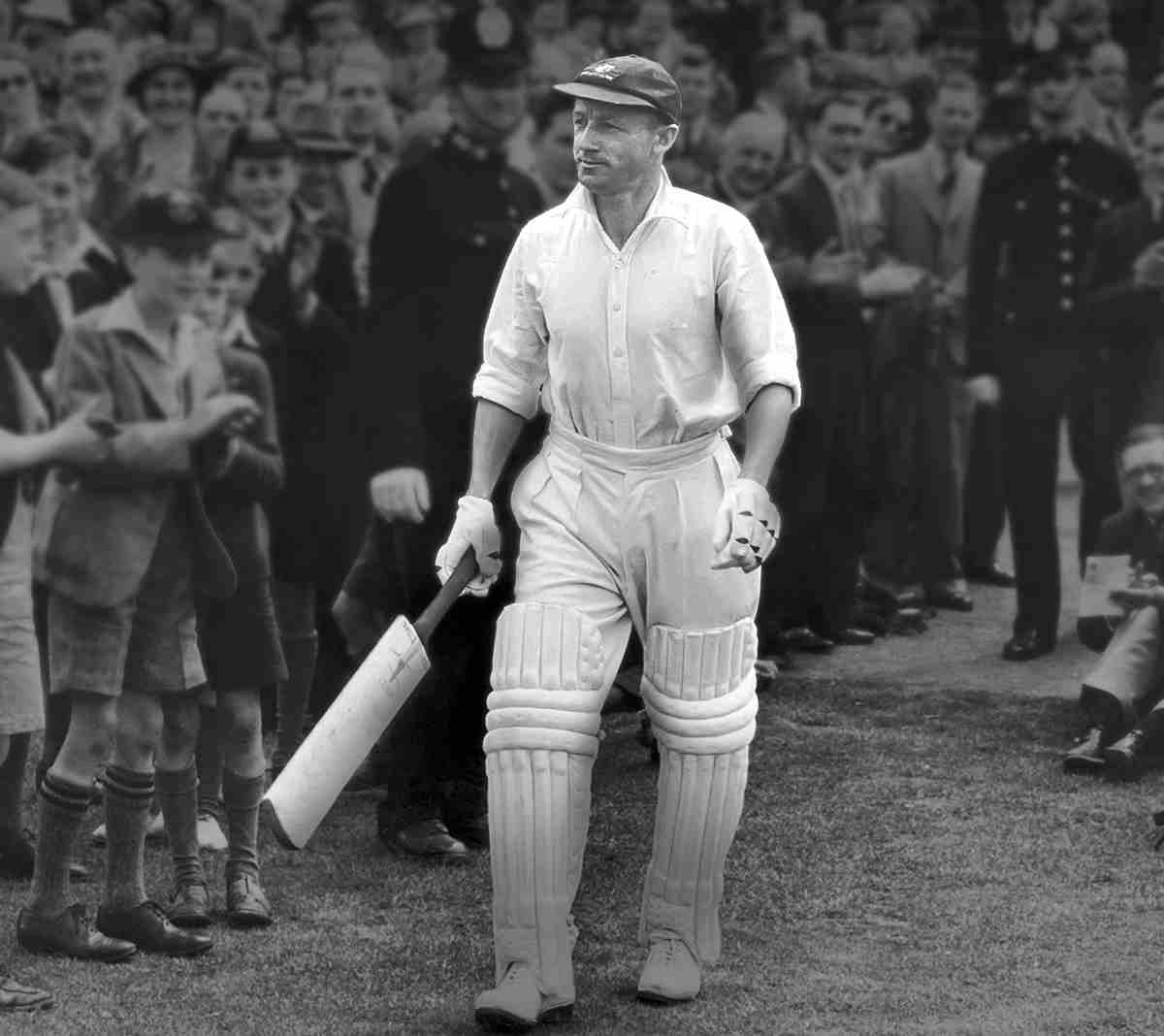Remembering Sir Donald Bradman on his 117th birth anniversary: The Man, the Magical 99.94, and his special India connection.

On August 27, 1908, a man who was not just a great batter but a figure who defined the very limits of human performance on the cricket field – Sir Donald George Bradman was born. The Australia legend, who was born in 1908 in the small New South Wales town of Cootamundra and brought up in Bowral, set his story inseparable from the story of cricket itself. More than a century later, his name still evokes awe, with one number towering above all others: 99.94, his Test career batting average.
That single figure tells a story of greatness, yet also of something bittersweet. Bradman came within four runs of finishing with a perfect statistical mountain, an average of 100. No one has come close before or since, making him the clear numero uno in batting history, a genius without rivals.
The man and the number
If cricket is a game of numbers, then Bradman belongs to a universe of his own. In 52 Test matches, he scored 6,996 runs, which may not look staggering in today’s age of frequent tours and year-round cricket. But what matters most is how he did it. He scored 29 centuries in just 80 innings, meaning roughly every third time he batted, he crossed 100.
He made 12 double centuries, and twice went beyond 300 and his fastest record-scoring spree included a famous 334 at Leeds, which was the Test record at one time.
Above all, the batting average of 99.94 remains the single most astonishing sporting record in world sport. Most modern-day greats, whether it is Sachin Tendulkar, Joe Root, Ricky Ponting, Jacques Kallis, or Virat Kohli, are in the 50s. Bradman was double them.
He was, as many said, cricket’s answer to perfection. And yet, the fact that he fell just short of the magical three-digit average, dismissed for a duck in his final innings against England at The Oval in 1948, makes his legend even more human. That missed milestone, ‘Mount 100’, gives his story drama and poetry unmatched in sport.
A timeless icon
To truly understand Bradman, one must also understand Australia of the 1930s and 1940s. The country was barely a few decades into its federation. It was still forming its national identity, a settler colony building pride and presence on the world stage. In those years of economic depression and uncertainty, Bradman became more than a cricketer.
He became a national icon. His runs brought cheer to a struggling nation. Newspapers across the English-speaking world covered his feats, but in Australia, he was elevated to near-celestial status. For many ordinary families devastated by the hard years of the 1930s depression, ‘The Don’ was a source of hope as he made them believe Australia could match and even surpass the mighty England in their own game.
Even today, his legend forms part of Australia’s cultural identity. Every time Australia walks into the Ashes, echoes of Bradman’s dominance against England are remembered. Every landmark Australia batter, from Greg Chappell to Steve Smith, inevitably finds himself held to the highest, almost unreachable standard that Bradman set.
After retiring from international cricket following the 1948 ‘Invincibles’ tour to England, he took on various administrative and leadership roles in Australian cricket. He served as a national selector, a trusted voice shaping the teams of the 1950s and 1960s. Later, he also held positions such as chairman of the Australian Cricket Board.
Read More: Could Joe Root topple Sachin Tendulkar’s record in Tests?
The Indian connection: Bradman and Tendulkar
One of the most heartwarming links across history is Bradman’s connection to Indian cricket and particularly to Sachin Tendulkar. Bradman once revealed in conversation that Tendulkar’s style of batting reminded him of his own approach.
He noted how Tendulkar’s compact technique, balance, and dominance over bowlers resembled what he himself had displayed all those decades ago. This comparison was both flattering to Tendulkar and telling about Bradman’s enduring relevance. If a man of Bradman’s stature found his echoes in a modern-day genius, it only reinforced the timelessness of his method.
For Indian fans and for Tendulkar himself, Bradman’s words created a symbolic bridge between cricket’s greatest icon of the 20th century and the most beloved figure of the modern era.
Why he still matters today
It has been more than 70 years since Bradman’s last innings, yet his significance grows rather than fades. In today’s game of Twenty20 leagues, power-hitting, and nonstop cricket, Bradman’s story is almost mythical. The conditions he played in, uncovered pitches, limited protective gear, longer tours, hostile bowling without restrictions, make his success even harder to imagine today.
On his 117th birth anniversary, we do not just remember Sir Donald Bradman as the man of numbers, but as the man who gave cricket its greatest symbol of excellence. His story of almost scaling the daunting Mount 100 in batting average is not one of falling short, but one of reaching further and higher than anyone else ever could.
More than a century after his birth, his name still carries the ring of immortality. Cricket may evolve, formats may change, but Mount 100 remains Bradman’s alone, a mountain nearly conquered, and a peak that ensures he will forever be remembered as the greatest batter the world has ever known.
Read More: How do Joe Root’s Test numbers compare with Steven Smith

